Medical Foods Orphan Disease Market Summary
As per MRFR analysis, the Medical Foods for Orphan Disease Market was estimated at 8.792 USD Billion in 2024. The Medical Foods for Orphan Disease industry is projected to grow from 9.246 USD Billion in 2025 to 15.29 USD Billion by 2035, exhibiting a compound annual growth rate (CAGR) of 5.16 during the forecast period 2025 - 2035.
Key Market Trends & Highlights
The Medical Foods for Orphan Disease Market is experiencing a dynamic shift towards personalized nutrition and innovative solutions.
- The market is witnessing an increased focus on personalized nutrition tailored to individual patient needs.
- Regulatory support and innovation are fostering the development of new medical foods for orphan diseases.
- Collaboration between stakeholders is enhancing the effectiveness and reach of medical foods in treating orphan diseases.
- Rising prevalence of orphan diseases and advancements in nutritional science are driving market growth, particularly in North America and the Asia-Pacific region.
Market Size & Forecast
| 2024 Market Size | 8.792 (USD Billion) |
| 2035 Market Size | 15.29 (USD Billion) |
| CAGR (2025 - 2035) | 5.16% |
Major Players
Nestle Health Science (CH), Danone (FR), Abbott Laboratories (US), Mead Johnson Nutrition (US), Fresenius Kabi (DE), Baxter International (US), Horizon Therapeutics (IE), Eisai Co., Ltd. (JP), Orphan Biovitrum (SE)


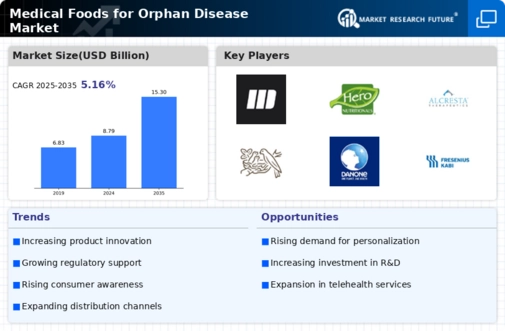
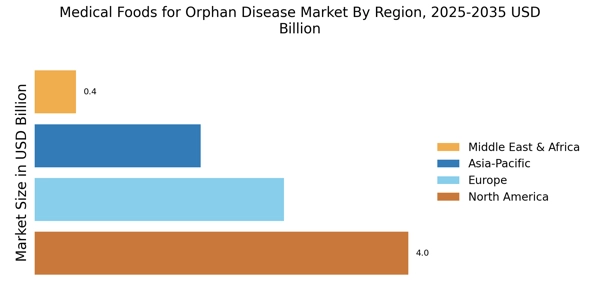


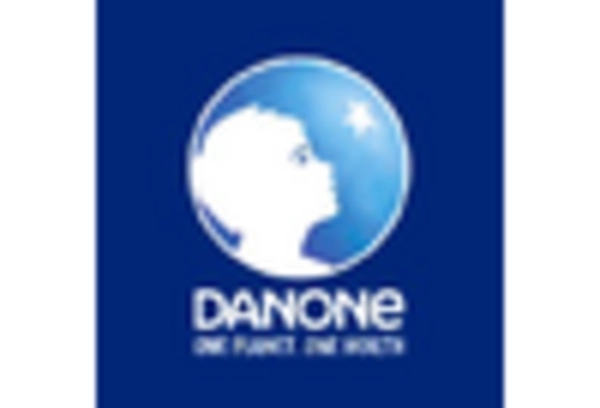

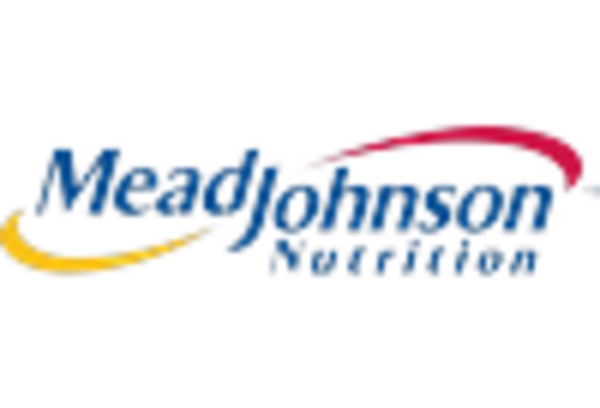
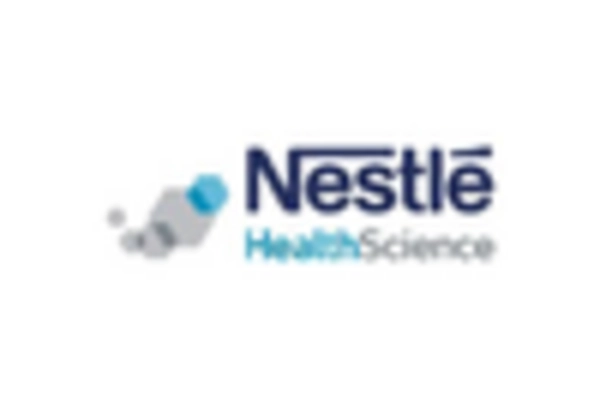








Leave a Comment